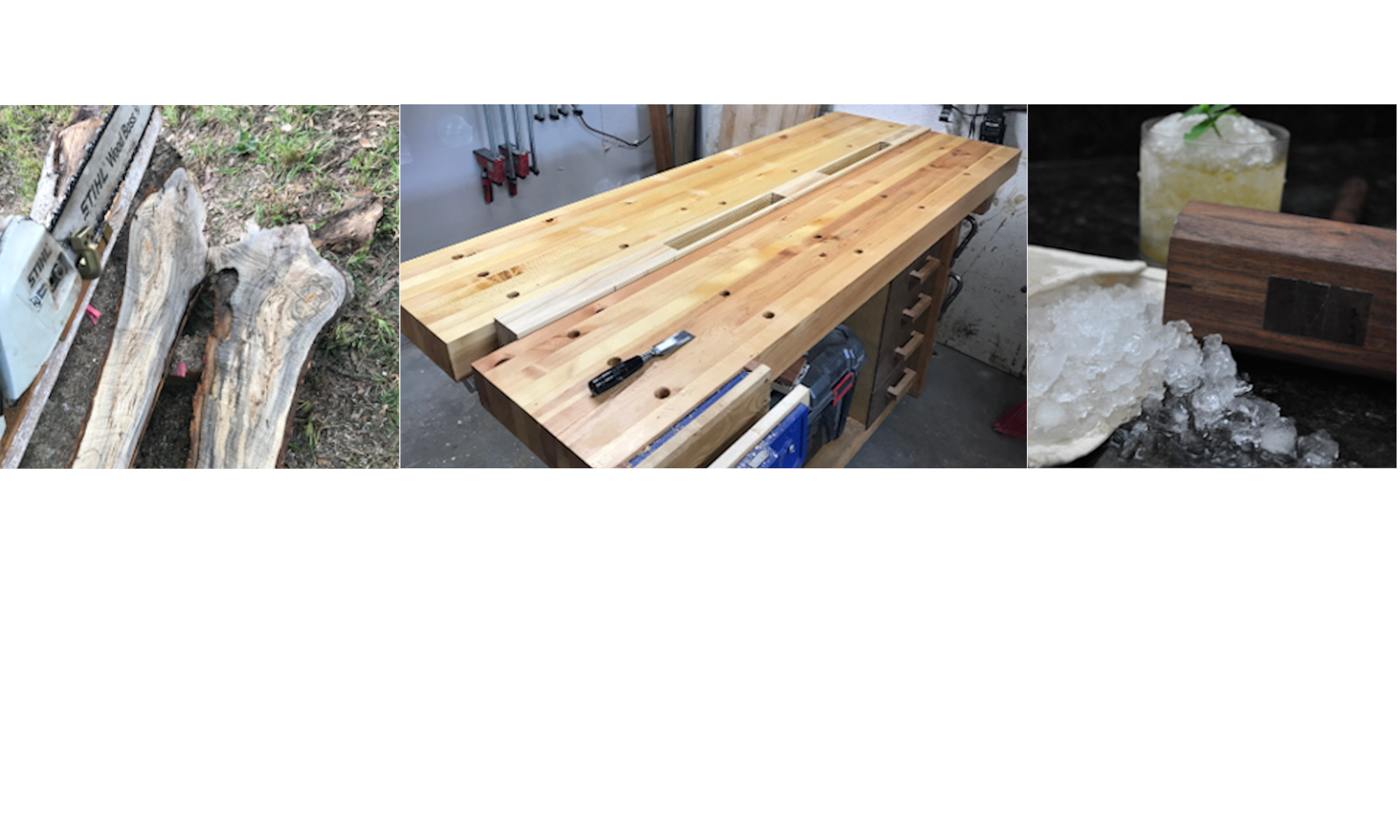Tale of two Grandys
The Grandy Boat Company, founded by Lewis Lee Grandy, operated around the Puget Sound in multiple locations from 1903 to 1967. During that time the company built boats of many sizes and purposes. One variety included lapstrake dinghies, one of which can be found hanging in the mill room of the Westrem shop. The school has built versions of this boat at different lengths and construction techniques from plank on frame to cold molded carbon fiber. At one point, I am not sure of the history, Iines of a 13’6” Grandy were developed from an existing hull and turned into a set of plans. We are going to build our vessels from these plans, perhaps for the first time. To make the build even more interesting two vessels will be built side by side, an activity I alluded to before winter break. One will be using traditional plank on frame techniques and the other will be cold molded. The hull of the cold molded boat will be made of multiple layers. The first layer will be cedar strips oriented lengthwise (similar a cedar strip canoe). The next layers will be live wood veneers oriented such that the wood’s grain direction in all 3 layers is different. Once a layer of fiberglass cloth is added the strength of the hull will require no frames. The traditional boat planking will be lapstrake western red cedar with steam bent frames (probably made of white oak).
The intent of this exercise is to do a side by side comparison of the two construction techniques, comparing cost, speed of build, material waste and most importantly (some might say) which is faster in the water. We started by lofting the both boats. The lines of the plans we are using are designed to outside of planking which means they will be identical. The two boats will diverge once we get into the mold reductions. As we discussed in the newsletter on lofting (week 8) the mold reductions take into account the planking (or hull) thickness. The traditional boat’s hull thickness is 3/8” while the cold molded boat is 1/2”. As a result the molds will be slightly different.







Field Trip A Mast for TallyHo
TallyHo is an English sailing yacht, designed by Albert Strange, in 1909. She is a historic Gaff Cutter that is undergoing an extensive restoration, documented on YouTube (@SampsonBoatCo). The videos have an entertainment focus which I think contributes to their popularity. The channel, SampsonBoatCo, as of this writing has 432K subscribers.
The restoration work is being done in the Port Townsend area and we recently had the opportunity to see part of the construction process of the main mast at the Northwest Maritime Center. The workspace at the maritime center is amazing and is rented out to the community for all different types of personal and commercial projects. In modern times a shared space such as this is a rarity. The main mast is hollow and is being constructed with a box barrel stave technique. This method was chosen based on the quality of the spruce, limited waste and input of the naval architect that designed the spars. The mast is glued together one side at a time, after which blocking will be added at the base where the mast meets the boat and for various hardware. The hollow mast also facilitates wired connections for modern conveniences that are mounted aloft. The main mast is one of many spars that will be on TallyHo, approximately 190 lineal feet of spars in total.






Sounds like a interesting project providing some good comparisons.